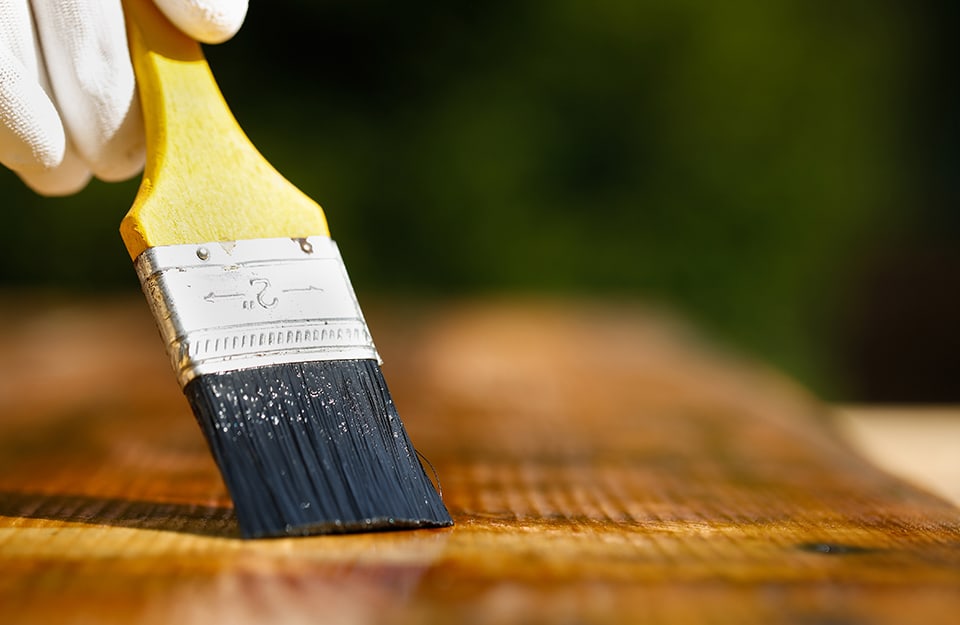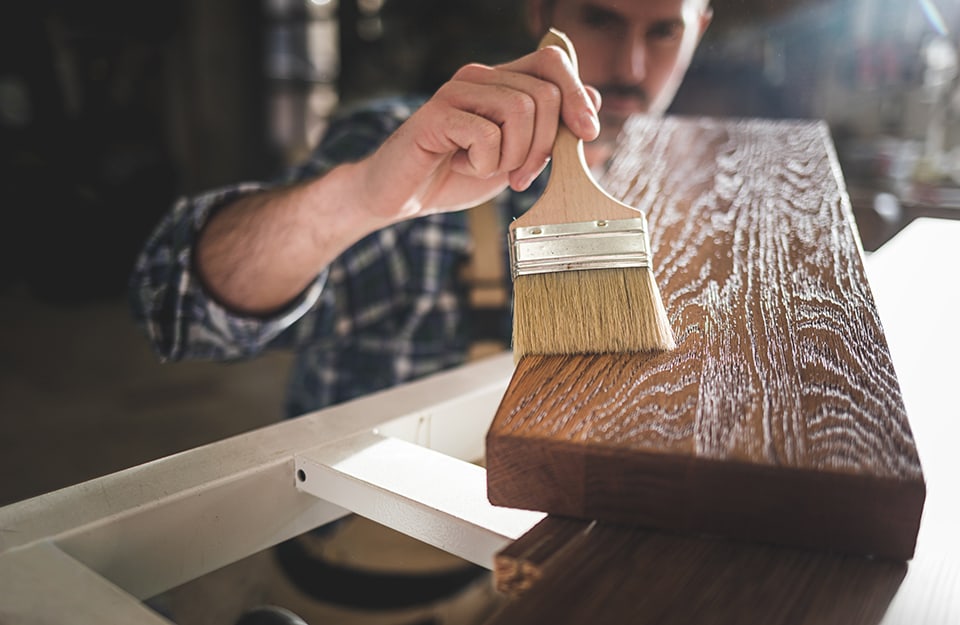Paints, enamels, impregnating agents, opaques, stains, water-based, solvent-based… The world of paints is complex and not infrequently – especially if you are a beginner – you can get confused. But to get the best out of a product, you need to know how to use it. And to achieve the desired effect on what you are trying to paint, you need to know the possibilities that that product offers. In this case, we are talking about wood stain. What is it? When is it used? What effects can it achieve?
What is wood stain and what is it used for
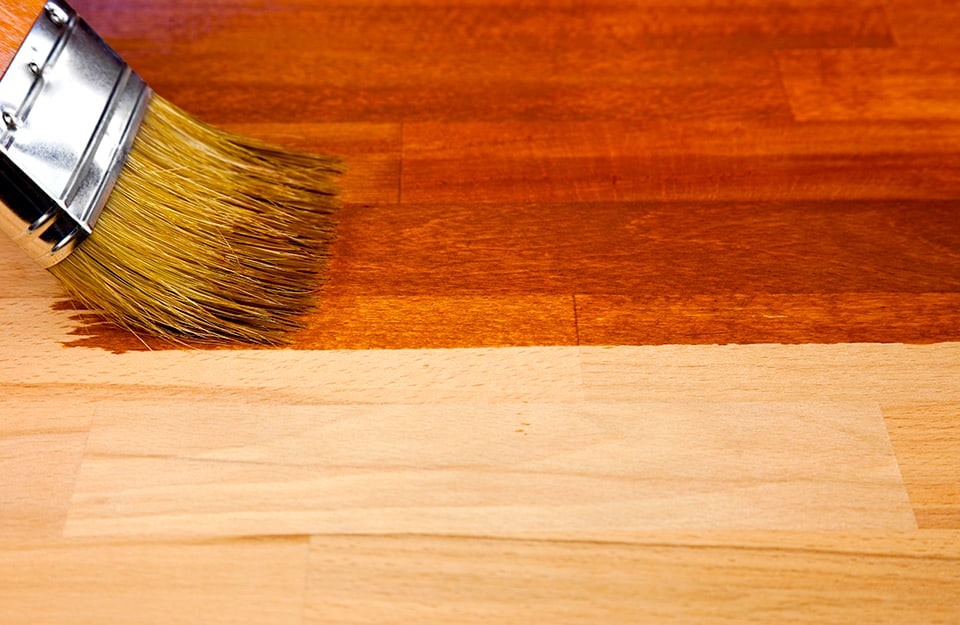
A stain is a product that colours wood while maintaining the natural effect of the treated surface. Basically, it is a non-covering. Leaves the visible grain.
A mordant is a varnish but not an enamel (enamels being opaque paints); It can be used on all types of wood – furniture, accessories, fixtures, objects;
The mordant can be found:
- in grains or powder form, to be diluted in a water-, alcohol– or oil-based solution;
- as a ready-made product, again on a water, alcohol or oil basis;
How to use
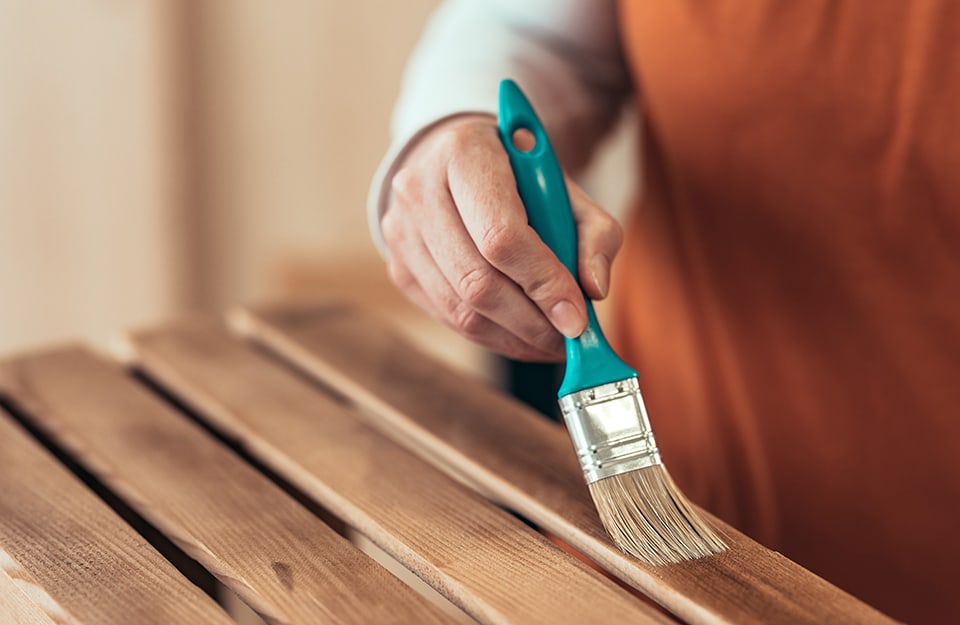
Applying stain does not require any special skills. The important thing is to organise yourself to buy the material needed in the correct quantity, so that you do not risk stopping halfway through the job because you do not have enough product. So it is a good idea to get help from your dealer to find out how much stain you need for the surface to be treated;
It can be purchased in specialised shops in the ready-to-use, then dissolved in oil (slower drying, more uniform result) or alcohol (faster drying, colour will be lighter). Instead, for the more experienced, the mordant can be found in granules or powder.
If the water-based solutions are suitable for most jobs, for the treatment of very thin surfaces, an alcohol-based stain is preferable. Water, in fact, would risk causing the wood to swell and expand;
Before applying the mordant, a distinction must be made between:
- rough or natural wood: you can use stain where you have removed dust and any splinters;
- varnished wood: in this case it is essential to sand down to remove all varnish residues. Otherwise the action of the stain would be ineffective or null;
Once the wood is clean and ready to be treated, simply use a brush (medium or small) or a sponge, pad or cotton cloth. The roller is best avoided as it is not suitable for this type of work;
To get the job done right:
- check the colour of the mordant on a corner of the artefact to make sure it is the shade you want, then proceed with application;
- avoid product build-up. Spread the stain evenly;
- with a cotton cloth remove excess product;
- we recommend at least two coats of product to be applied one after the other, waiting for it to dry in between;
- the more coats of stain you apply, the darker the wood essence will be.
When needed
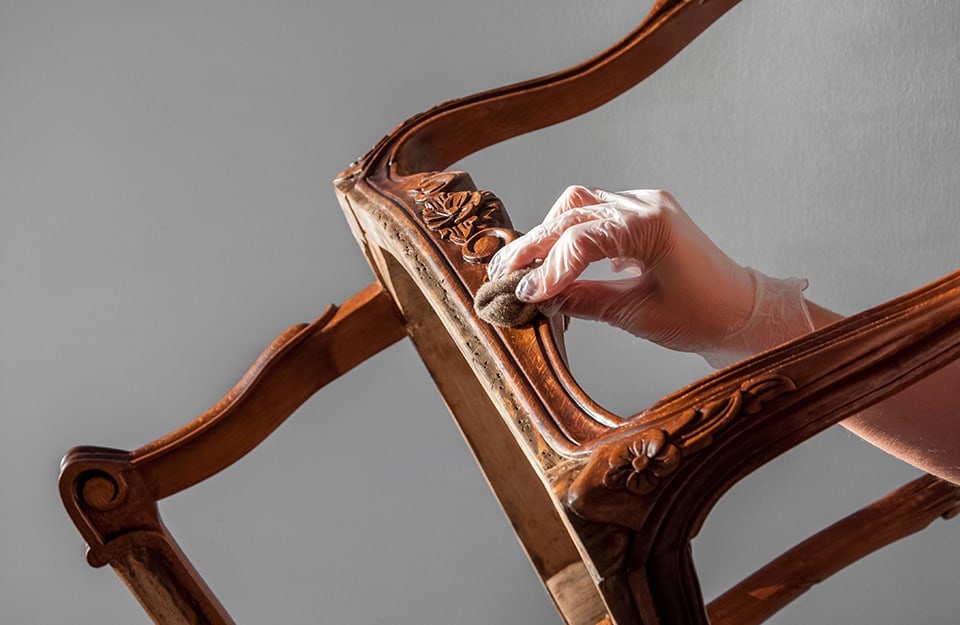
Stain is used when you want to give new life to a wooden element;
It is usually used to emphasise the natural surface of the wood, or to darken it, or to change the colour and make the surface more uniform;
It should be specified that the mordant not a protector.
Stain is widely used in the restoration of antique furniture, but also to give colour to new unfinished wooden elements;
Generally, the use of stain is preferred for interior wood. For exteriors, however, we opt for impregnation, which is water-repellent and protects the wood from UV rays;
What to do after the bite
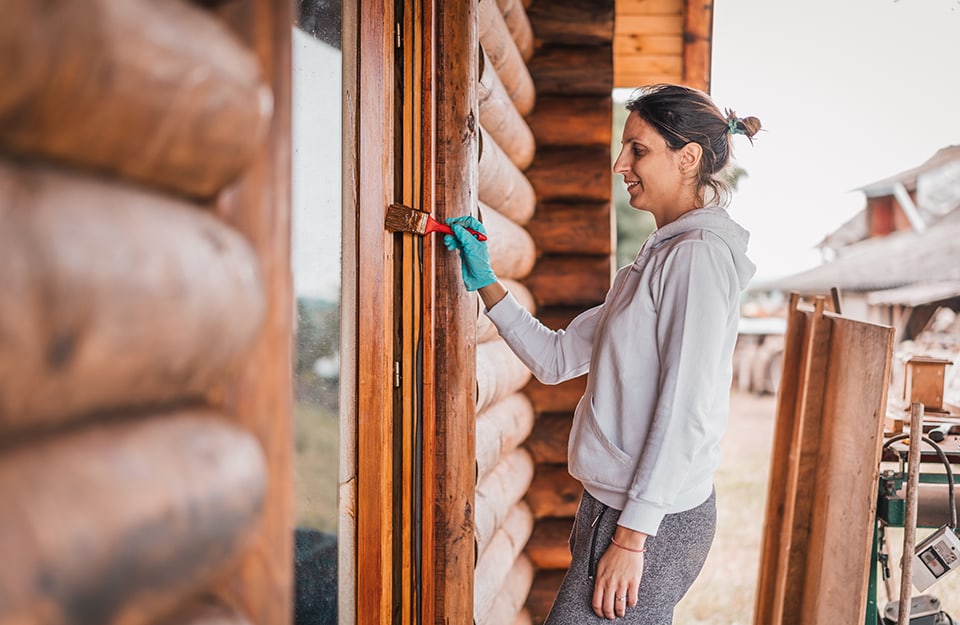
After the stain is perfectly dry, you can proceed with the finish, using, as desired:
- a transparent matt varnish, such as Rio Verde’s RP4060 matt finish; It is a product based on acrylic-polyurethane resins with a very low solvent content. Moreover, it does not contain any substances that are problematic for the health of the user or the environment;
- a transparent gloss varnish. In this case, we recommend Rio Verde’s RP4160 gloss finish, which has the same characteristics as the above-mentioned matt varnish;
- an oil, such as the Rio Verde decorative oil, available in two versions: natural and white; It is an oil that protects wood by giving it a high degree of water repellency and a silky feel;
- of wax or shellac treatments;
Alternative to mordant
If, as we have said, the stain is mainly used for interior wood products, there is nothing to prevent the impregnating, which not only colours but also gives protection. The product penetrates deep into the wood, without forming a surface film. The function is to make the material hydrophobic and preserve it from mould and insects.
In the Rio Verde range there are impregnating agents suitable for every need, designed for window and door frames, garden furniture, cladding, balconies, fences, pergolas, beams..;
There are two categories:
- water-based impregnating agents:
